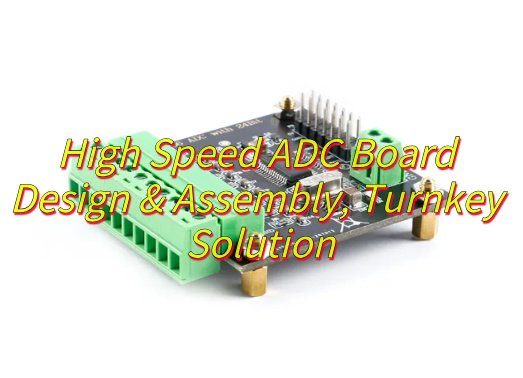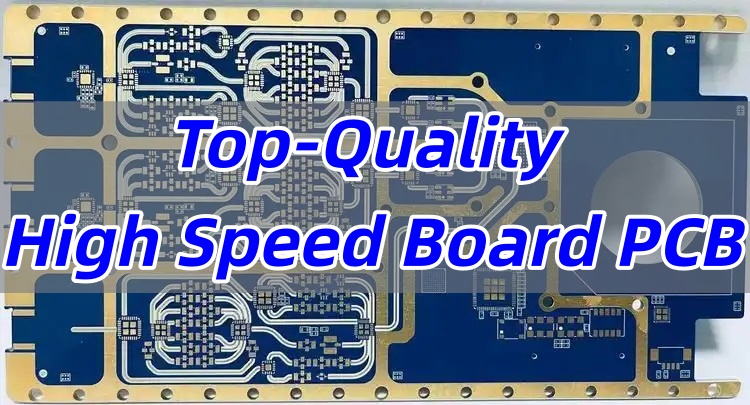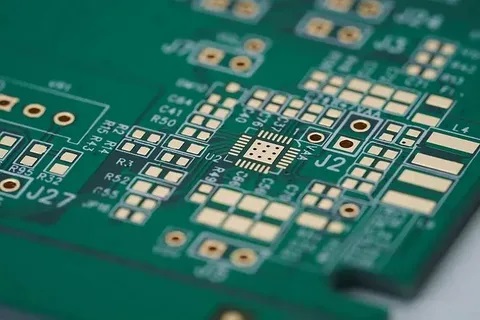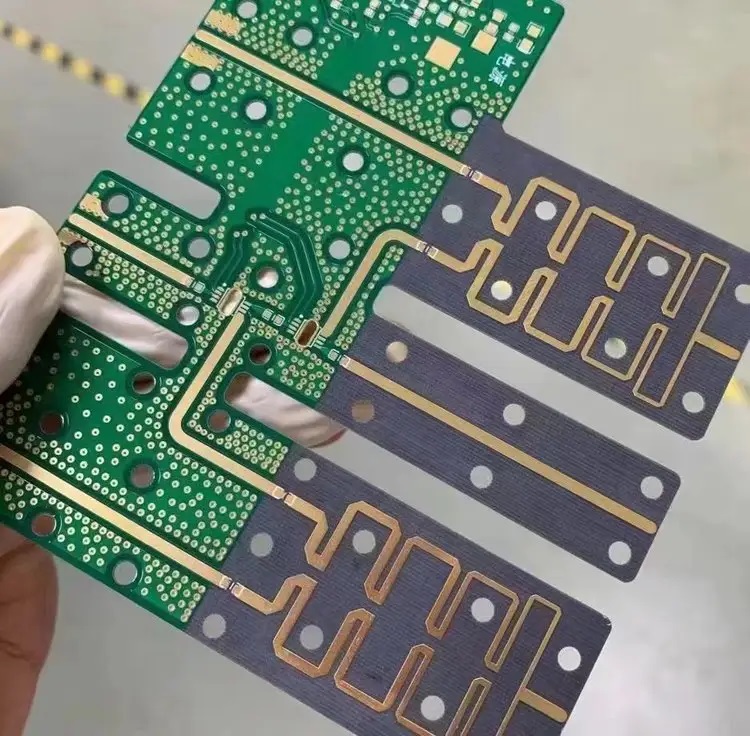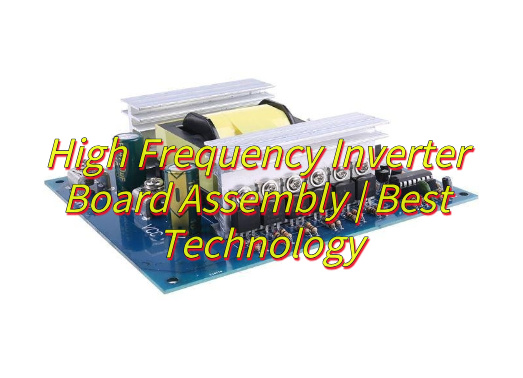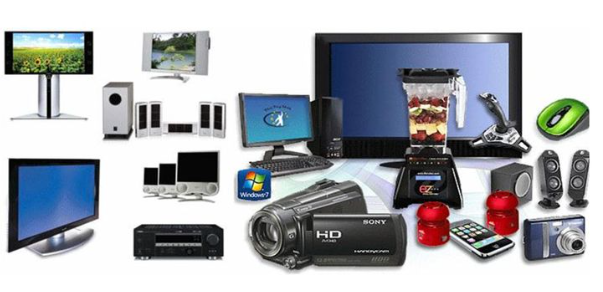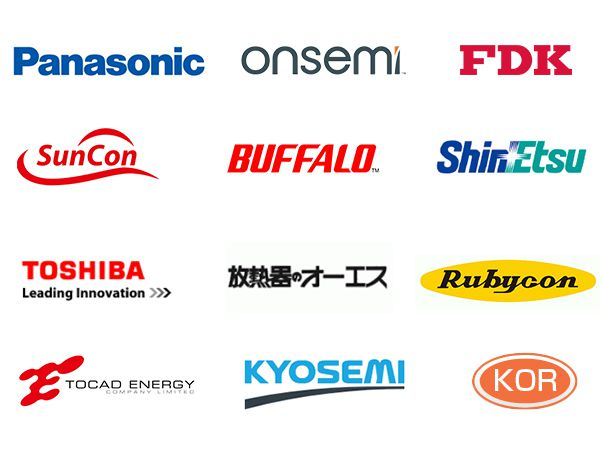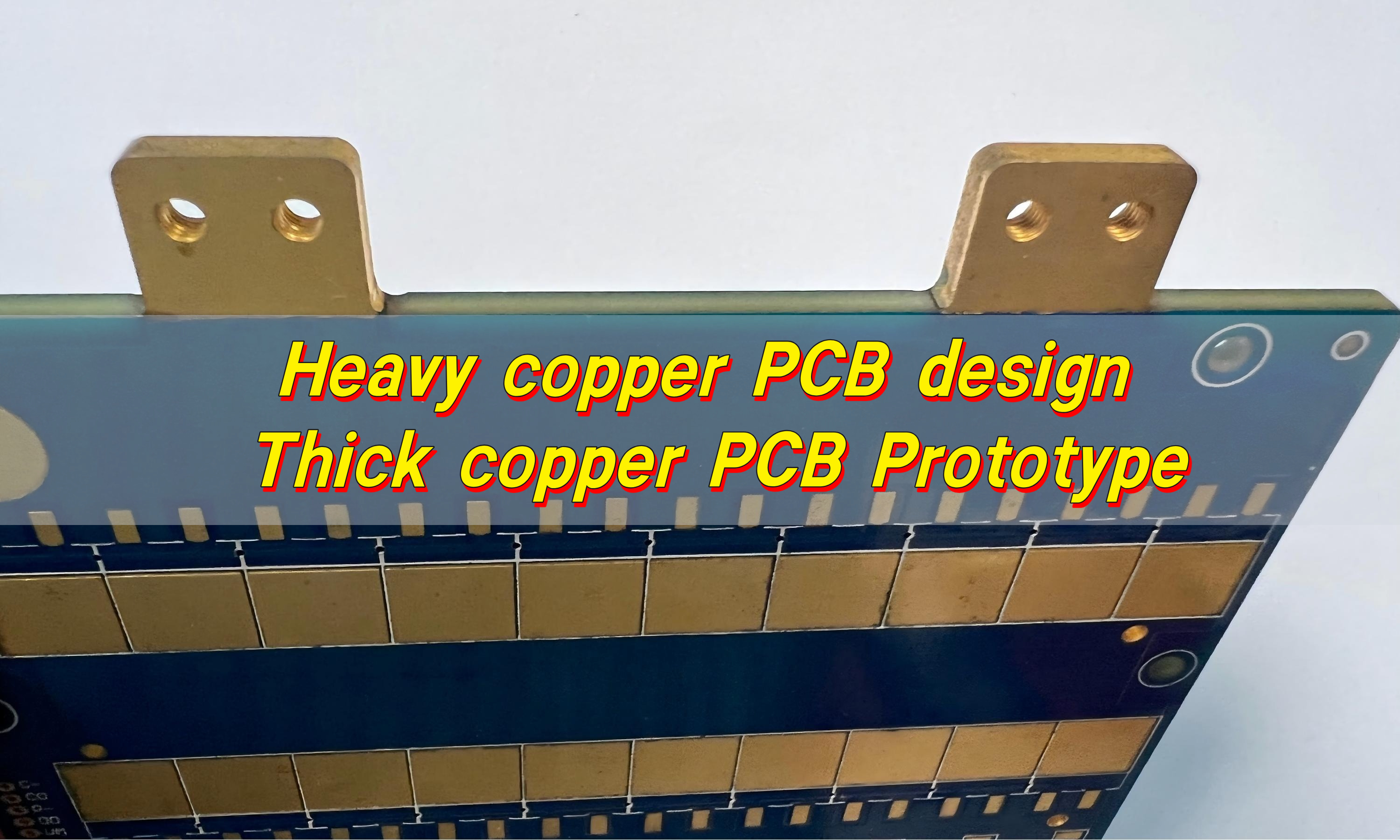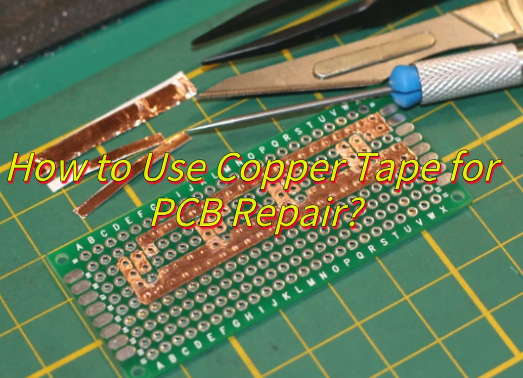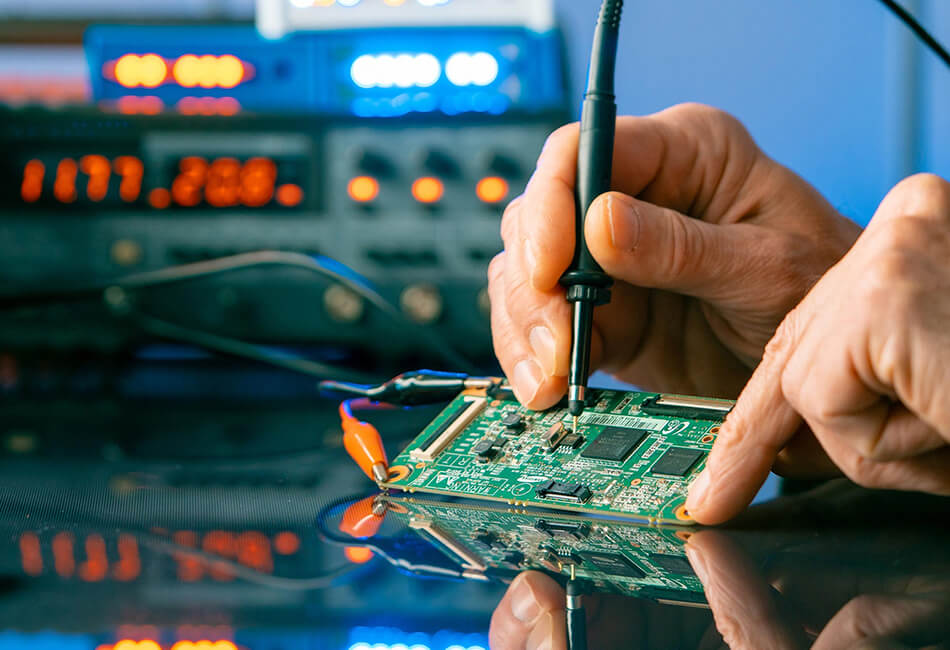High speed board to board connector is pretty important in modern electrical equipment, since it can give the advantages of quick and reliable communication between two PCBs. This blog addresses the customers’ headaches and focuses on the definition, types, applications, and the advantages edges of high speed board to board connectors.
Have you ever run into these annoying issues before?
- Unstable connector performance and poor signal transmission quality?
- Limited connector size and the layout?
- The problem of connector lifespan and reliability?
- The high difficulties of manufacturing and customization?
These proven solutions effectively counteract the above challenges.
- Boost the connector design and material selection;
- Use a three-dimensional layout of a high-speed board-to-board connector to meet the miniaturization demandsÔľõ
- Elevate manufacturing and supply chain management to tailor to different customers’ needs;
- Provide customizable service and technical support.
As a PCB fabrication service provider, we proceed PCB prototypes, mass production, and PCBA in the rapidly growing market. FR4 PCB, metal core PCB, ceramic PCB, and SMT assembly are our product range. Our high speed board is used in various industry, such as automobile, industrial equipment, LED lighting, 5G base station, and high speed communication equipment. For PCB/PCBA requirements, please contact us at sales@bestpcbs.com.
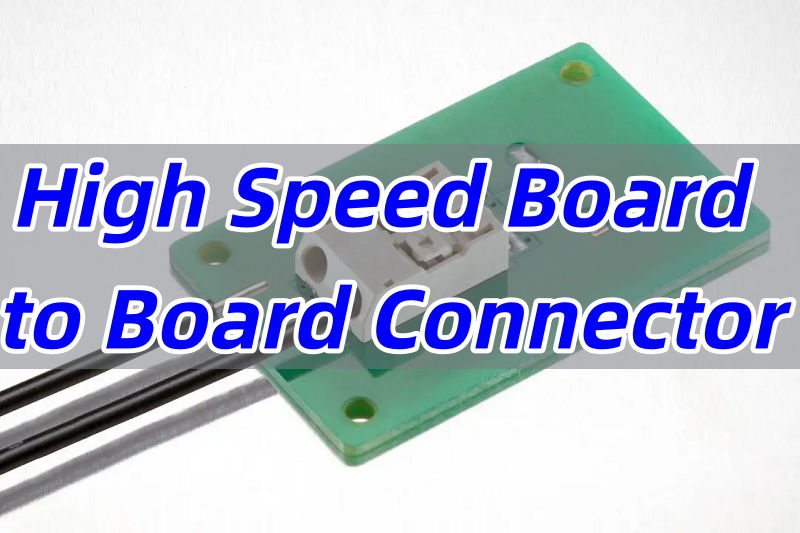
What does high speed board to board connector mean?
High speed board to board connectors serve as a bridge between two printed circuit boards. They are designed for rapid, reliable data transfer, often handling high-frequency signals up to the GHz range. These connectors reduce signal degradation and electromagnetic interference, ensuring consistent performance.
- Support direct PCB-to-PCB signal exchange with minimal loss.
- Handle high-frequency data efficiently, essential for modern electronics.
- Reduce electromagnetic interference (EMI) for reliable system operation.
- Precision-engineered by Best Technology to prevent connection issues.
In summary, understanding high speed board to board connectors is crucial for designing compact and reliable electronic systems.
What are the different board-to-board connector types available?
Choosing the right type of board-to-board connector is key to optimizing PCB layouts and meeting device requirements. Various types are designed for specific arrangements and signal needs.
- Stacked connectors: vertical alignment for compact designs.
- Mezzanine connectors: parallel board placement with high pin density.
- Right angle connectors: perpendicular placement to save space.
- Board-to-board RF connectors: high-frequency, low-loss signal transfer.
- Custom solutions by Best Technology address unique design constraints and improve connectivity.
Overall, selecting the proper connector type ensures both functional reliability and efficient PCB design.
How does a Wire to-board connector work in PCB designs?
Wire to-board connectors link external cables to PCBs for power or signal transmission. They simplify assembly, minimize errors, and maintain signal integrity, especially in high-speed applications.
- Provide stable and reliable cable-to-board connections.
- Simplify assembly and reduce soldering mistakes.
- High-speed versions ensure signal consistency in fast data environments.
- Best Technology guides connector selection based on current, voltage, and signal needs.
In conclusion, selecting the right wire to-board connector ensures smooth data transfer and reliable system performance.
Why choose Right angle board to board connector for compact layouts?
Right angle connectors are ideal for devices where vertical space is limited. They allow perpendicular PCB placement, conserving space without compromising performance.
- Enable perpendicular connections to save vertical space.
- Maintain signal quality even in dense layouts.
- Precision alignment and secure mating from Best Technology ensure reliability.
- Tested for thermal and vibration endurance to guarantee long-term stability.
In summary, right angle connectors optimize PCB layouts while maintaining high-speed performance.
What makes Board-to-board RF connector suitable for high-frequency signals?
Board-to-board RF connectors are specifically engineered for high-frequency signal transfer. They minimize loss and interference, which is critical for wireless and high-speed devices.
- Handle GHz-level signals efficiently with minimal loss.
- Ideal for wireless communication, radar, and high-frequency electronics.
- Advanced shielding and engineering from Best Technology address interference concerns.
In conclusion, RF connectors provide consistent high-frequency performance for demanding applications.
How to select a Low profile board to board connector for space-limited applications?
Low profile connectors reduce vertical height while maintaining strong connectivity. They are essential in compact devices where space is at a premium.
- Minimize vertical space usage without sacrificing reliability.
- Perfect for compact and portable electronics.
- Best Technology assists clients in selecting based on pin count, board spacing, and signal requirements.
In summary, low profile connectors offer efficient layout solutions while ensuring stable performance.
Why consider high speed wire to board connector for fast data transmission?
High speed wire to board connectors provide minimal signal delay and low crosstalk, critical for high-speed data applications.
- Reduce signal delay and crosstalk in high-speed systems.
- Essential for servers, data centers, and high-performance computing.
- Best Technology ensures precise engineering and component traceability.
In conclusion, these connectors guarantee fast, dependable data transfer and reliable system operation.
What are the advantages of high speed board to cable connector in modern electronics?
High speed board to cable connectors bridge PCBs with external devices while maintaining signal integrity. They simplify modular design, maintenance, and replacement.
- Preserve signal integrity for high-speed connections.
- Facilitate modular designs and quick maintenance.
- Pre-tested solutions from Best Technology solve assembly and signal issues.
Case about High Speed Board to Board Connector in Best Technology
Here are some pictures of high speed board to board connector for your reference.
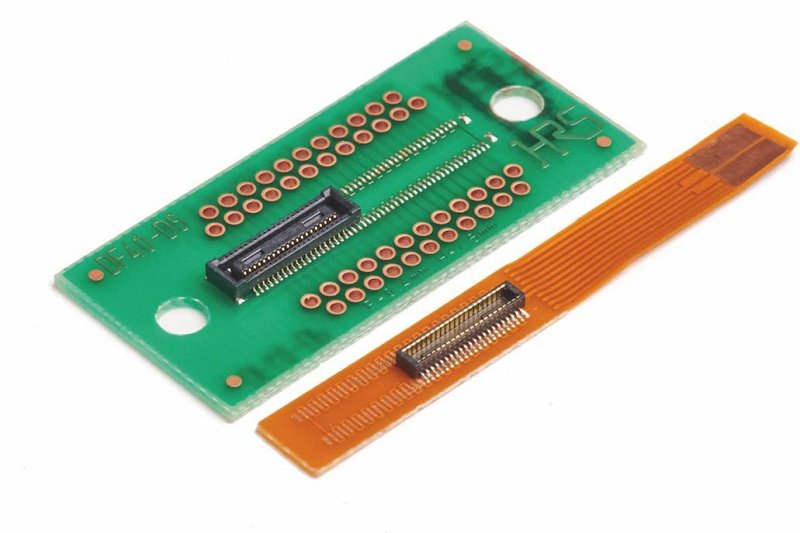
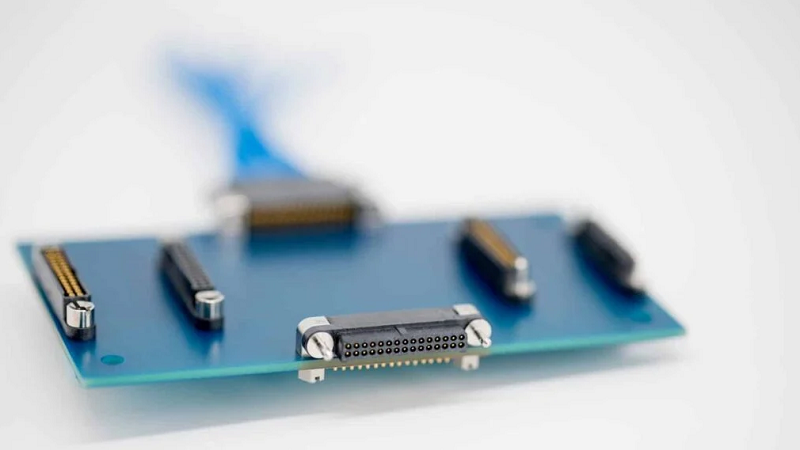
In summary, high speed board to cable connectors enhance product flexibility, efficiency, and reliability. High speed board to board connectors are indispensable for modern electronic systems, ensuring fast, reliable PCB communication. Best Technology addresses challenges like signal loss, limited space, and complex assembly through high-quality connectors. With professional engineering support, we deliver dependable performance. A warm welcome to make contact with us at sales@bestpcbs.com for innovative solutions tailored for high-speed electronics.



